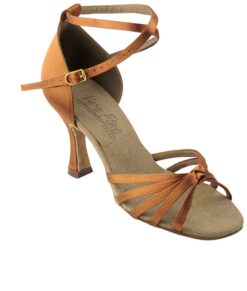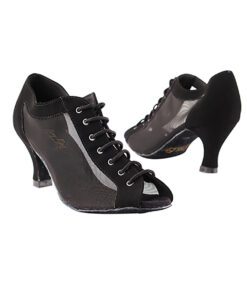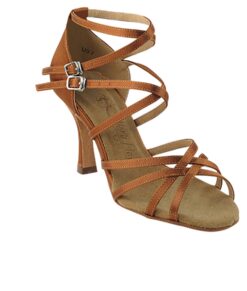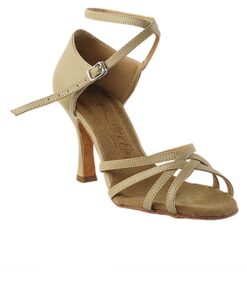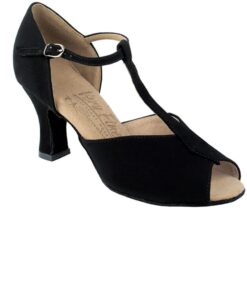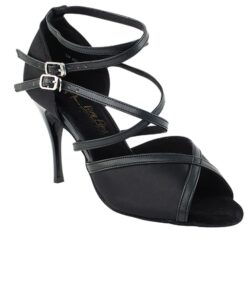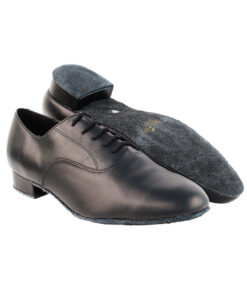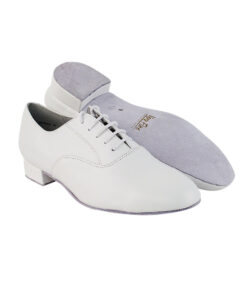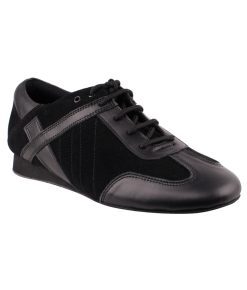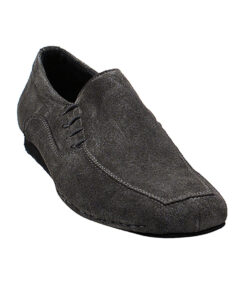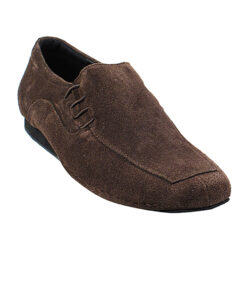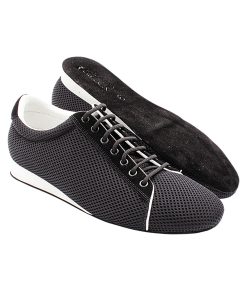How to Care for Your Dance Shoes: Maintenance Tips and Tricks.
Introduction
Unlike everyday shoes, dance shoes are a significant investment that can enhance a dancer’s performance on the stage or in the studio. Therefore, maintaining your dance shoes is essential not just for their longevity but also for their look, comfort, and function. In this guide, we provide comprehensive tips and tricks on taking care of your dance shoes, covering everything from cleaning to storage, and even some DIY repair suggestions.
Understanding Your Dance Shoes
Before we delve into the maintenance aspect, it’s important to understand the various types of dance shoes and the materials they’re made from.
2.1 Types of Dance Shoes
Dance shoes come in various styles, each designed for a specific type of dance. For instance, ballet shoes are lightweight and flexible, allowing dancers to perform intricate footwork efficiently. Tap shoes, on the other hand, have metal plates on the soles for creating rhythmic sounds. Jazz shoes have a flexible sole and are usually made from leather or canvas.
2.2 Materials Used in Dance Shoes
The materials used in dance shoes affect their durability, flexibility, and how they should be cared for. Some common materials include leather, canvas, and satin. Leather is durable and breathable but requires regular conditioning. Canvas is easier to clean and often machine-washable. Satin, typically used for performance shoes, needs gentle care to maintain its shine and prevent damage.
In the next section, we’ll cover general maintenance tips applicable to all types of dance shoes.
General Maintenance of Dance Shoes
Proper care of your dance shoes extends beyond cleaning. It involves storing them properly and inspecting them regularly for any wear and tear.
3.1 Regular Cleaning
Cleaning your dance shoes regularly helps preserve their look and prevents the buildup of dirt and sweat. The cleaning method, however, varies depending on the shoe material. Leather shoes can be wiped with a damp cloth and then air-dried, while canvas shoes can often be cleaned in a washing machine.
3.2 Proper Storage
Proper storage is crucial to the longevity of your dance shoes. After use, shoes should be allowed to air out to prevent moisture buildup, which could lead to odor or even mold. Avoid storing shoes in their bag for long periods. Instead, consider using a shoe rack or a designated spot in your closet.
Never store dance shoes in direct sunlight or near heat sources, as this can warp the shoes and damage the material. For satin shoes, consider using a protective bag to prevent discoloration and dust accumulation.
3.3 Regular Inspection
Regularly inspecting your dance shoes can help you spot potential issues early. Check for signs of wear and tear, such as loose stitching or worn-out soles. Keep an eye out for any deformities in the shoe shape as this could indicate they no longer provide adequate support.
Specific Care Tips by Shoe Type
Different types of dance shoes require different care methods. Below, we provide specific care tips for various types of dance shoes.
4.1 Ballet Shoes
Ballet shoes are delicate and require special care. For leather ballet shoes, use a damp cloth to clean the surface and a dry cloth to wipe off any excess moisture. Canvas ballet shoes can usually be cleaned in a washing machine on a gentle cycle. Avoid using harsh detergents or bleach as they can damage the material and color.
4.2 Tap Shoes
Tap shoes typically feature a metal tap on the sole and heel. Clean the leather or synthetic upper with a damp cloth and mild soap, and polish regularly to maintain the shine. The metal taps can be cleaned with a metal polish. However, avoid using polish on the screws as this can cause them to loosen.
4.3 Jazz Shoes
Jazz shoes are often made from leather or canvas. For leather jazz shoes, regularly apply a leather conditioner after cleaning to maintain flexibility. Canvas jazz shoes can usually be machine washed but should be air dried to prevent shrinking.
4.4 Ballroom Shoes
Ballroom shoes, often made of satin, need gentle care. Clean with a soft, damp cloth to remove any dirt. Store them in a shoe bag to protect them from dust and scratches. Consider using a shoe brush on the suede soles to maintain their ability to grip the dance floor.
DIY Repair Tips for Dance Shoes
Sometimes, your dance shoes might need minor repairs. Here are some tips to fix common issues at home.
5.1 Loose Heel
If the heel of your dance shoe is becoming loose, it can usually be fixed with some strong adhesive. Apply the glue to the detached area, press it firmly for a few minutes, and then let it dry for at least 24 hours.
5.2 Worn-Out Soles
For shoes with worn-out soles, consider resoling them at a professional cobbler. But you can purchase suede soles online if you want to do it at home. Simply cut them to size, apply a shoe-specific adhesive, and let them dry.
5.3 Scuffed Leather
Scuffed leather shoes can often be fixed with a matching color shoe polish. Apply the polish over the scuff marks and buff it with a dry cloth.
When to Replace Your Dance Shoes
Even with proper care and maintenance, there comes a time when you’ll need to replace your dance shoes. Recognizing the signs of wear and tear and knowing when to get a new pair is crucial for your comfort and performance. Here are some signs that it might be time to invest in new dance shoes:
6.1 Uncomfortable Fit
Over time, dance shoes can stretch and lose their original shape, leading to a less secure fit. If you find your shoes are no longer snug or causing discomfort or blisters, it’s time to replace them.
6.2 Worn-Out Soles
The soles of dance shoes undergo a lot of wear and tear. If the soles are worn thin, have holes, or if the traction is significantly reduced, it’s a clear sign that you need new shoes.
6.3 Damaged Heel or Toe Box
Damage to the heel or toe box, especially in ballet and pointe shoes, can affect your balance and stability. If the heel is loose or the toe box is crushed, it’s time for a new pair.
6.4 Altered Sound
For tap shoes, the sound is an indicator of their condition. Consider getting a new pair if the taps sound dull or the screws are loose even after tightening.
6.5 Frequent Repairs
If you frequently repair your shoes, investing in a new pair might be more cost-effective. Frequent repairs can also indicate that the shoes are nearing the end of their lifespan.
Remember, dance shoes are an important tool for a dancer. Wearing shoes that are worn out or damaged can affect your performance and could even lead to injuries. It’s best to invest in a new pair of dance shoes when needed to ensure you can dance your best.
Conclusion
Taking care of your dance shoes can significantly extend their lifespan and improve your dancing experience. Remember to clean and store them properly, regularly inspect them for damage, and don’t hesitate to do some minor repairs at home when necessary. By giving your dance shoes the care they deserve, you’ll be able to dance your best for many performances to come.


